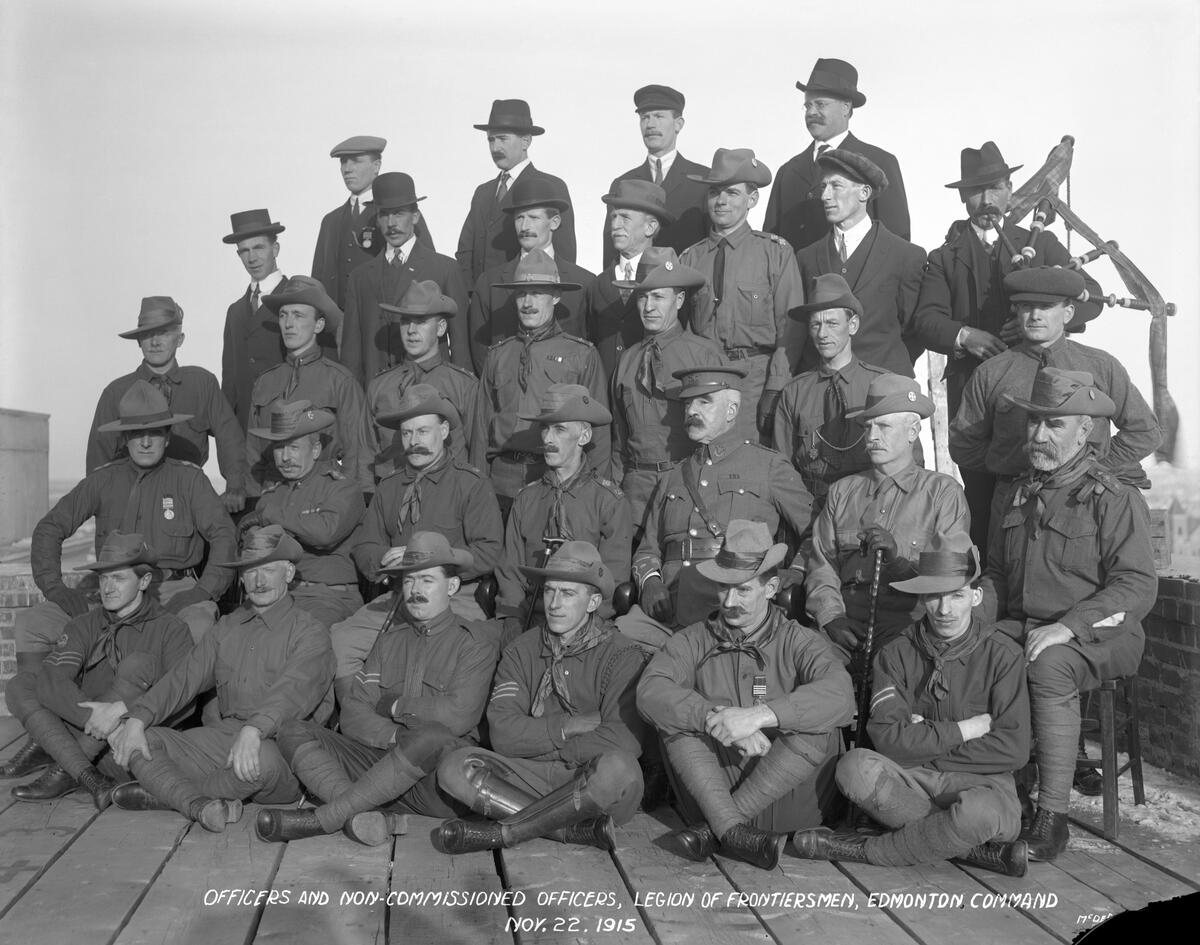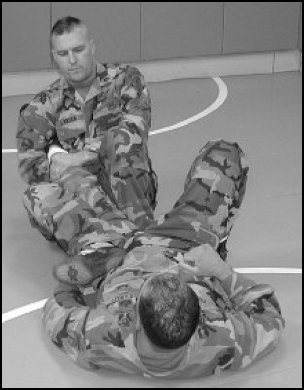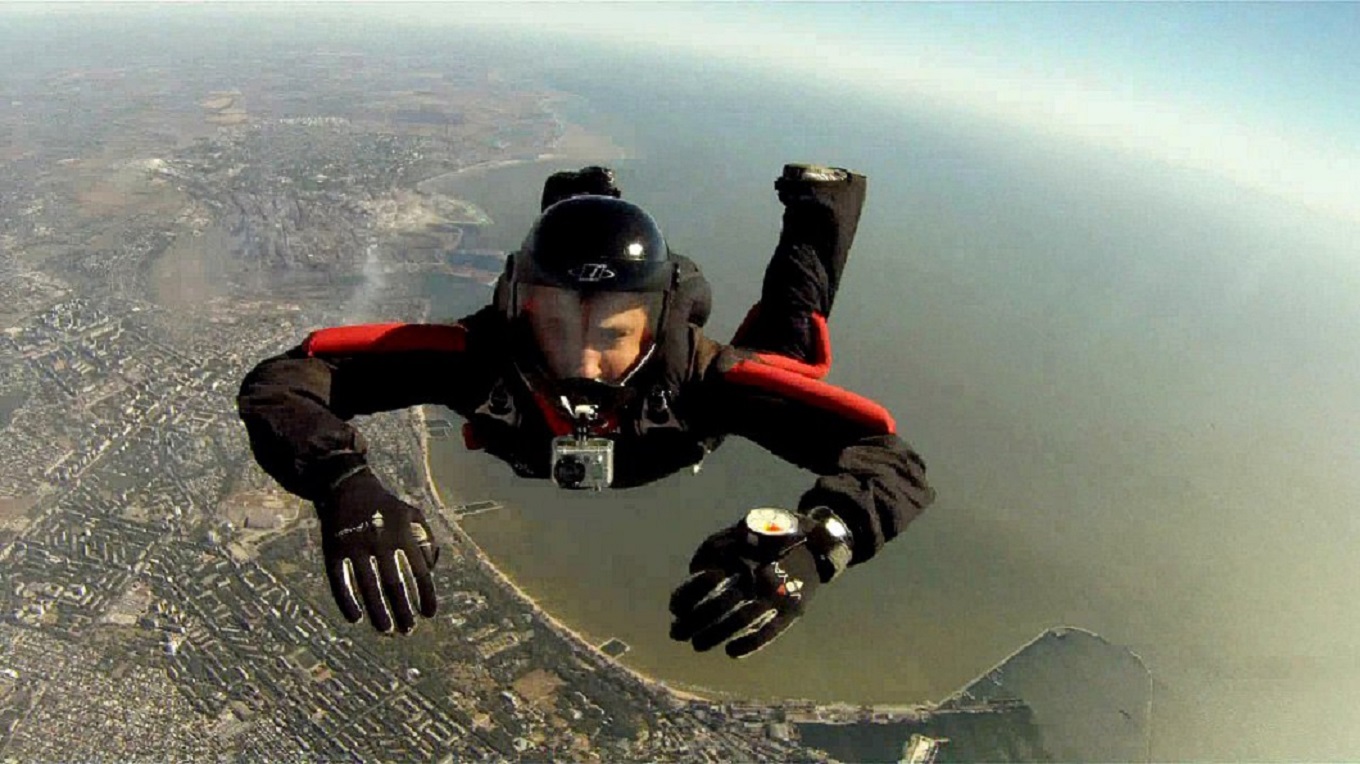|
Samodzielny Pododdział Antyterrorystyczny Policji
Samodzielny Pododdział Antyterrorystyczny Policji (SPAP, pl, Independent Counter-terrorism Police Subdivision) are police tactical units of the Police of Poland operating under the supervision of the Chief Police Commander. The SPAP units operate under the voivodeship commands. The comparable police unit on the national level is the BOA . History The first special police units within the police of Poland were formed on 1 March 1978 as part of the paramilitary Motorized Reserves of the Citizens' Militia. In 1988 these units were increased to the size of companies. After the disbanding of the Polish Citizens' Militia and the creation of the modern Police Service, the special police units were named ''counter-terror companies''. In 2000, the ''counter-terror companies'' were separated from the existing structures and became directly subordinate to the respective commander of the Voivodeships along with the name change to Independent Counter-terrorism Police Subdivision. Mis ... [...More Info...] [...Related Items...] OR: [Wikipedia] [Google] [Baidu] |
Police Tactical Unit
A police tactical unit (PTU) is a specialized police unit trained to handle situations that are beyond the capabilities of ordinary law enforcement units because of the level of violence (or risk of violence) involved. A police tactical unit's tasks may include executing search warrants and arrest warrants for dangerous suspects, arresting or neutralizing dangerous armed suspects, and intervening in high risk situations such as Shootout, shootouts, hostage, hostage takings, and terrorism, terrorist incidents. Definition Police tactical units are dedicated units composed of personnel selected and trained in tactical skillsets to carry out the responsibilities of the unit, including use of force, arrest procedures, close-quarters combat, door breaching, and counterterrorism. A PTU is equipped with specialized police and military-type equipment. PTU personnel may also be trained in crisis negotiation skills. A PTU can be part of either a police force under the authority of civil auth ... [...More Info...] [...Related Items...] OR: [Wikipedia] [Google] [Baidu] |
Policja (Poland)
Policja () is the generic name for the national police force of the Republic of Poland. The Polish police force was known as ''policja'' throughout the Second Polish Republic (1918–1939), and in the modern Republic of Poland since 1990. Its current size is 100,000 officers and ca. 25,000 civilian employees. Among the branches in the force are: Criminal Service, Traffic Police Service, Prevention Service and Supporting Service. Many cities and some villages have their own city guards, named in urban areas ''Straż Miejska'' or in rural areas ''Straż Gminna'', which supervise public order and road safety. However, city guards have jurisdiction only over misdemeanors and in cases of crimes may serve only in a supportive role for the state police. Terminology The force's name, ''Policja'', translates into the English language as Police. An individual officer is typically called a ' (plural '); these are not, however, official titles and are not included in the official rank st ... [...More Info...] [...Related Items...] OR: [Wikipedia] [Google] [Baidu] |
Policja
Policja () is the generic name for the national police force of the Republic of Poland. The Polish police force was known as ''policja'' throughout the Second Polish Republic (1918–1939), and in the modern Republic of Poland since 1990. Its current size is 100,000 officers and ca. 25,000 civilian employees. Among the branches in the force are: Criminal Service, Traffic Police Service, Prevention Service and Supporting Service. Many cities and some villages have their own city guards, named in urban areas ''Straż Miejska'' or in rural areas ''Straż Gminna'', which supervise public order and road safety. However, city guards have jurisdiction only over misdemeanors and in cases of crimes may serve only in a supportive role for the state police. Terminology The force's name, ''Policja'', translates into the English language as Police. An individual officer is typically called a ' (plural '); these are not, however, official titles and are not included in the official rank st ... [...More Info...] [...Related Items...] OR: [Wikipedia] [Google] [Baidu] |
Police Officer From Realisation Unit, Poznan Police Departament, Combat Training 2006
The police are a constituted body of persons empowered by a state, with the aim to enforce the law, to ensure the safety, health and possessions of citizens, and to prevent crime and civil disorder. Their lawful powers include arrest and the use of force legitimized by the state via the monopoly on violence. The term is most commonly associated with the police forces of a sovereign state that are authorized to exercise the police power of that state within a defined legal or territorial area of responsibility. Police forces are often defined as being separate from the military and other organizations involved in the defense of the state against foreign aggressors; however, gendarmerie are military units charged with civil policing. Police forces are usually public sector services, funded through taxes. Law enforcement is only part of policing activity. Policing has included an array of activities in different situations, but the predominant ones are concerned with t ... [...More Info...] [...Related Items...] OR: [Wikipedia] [Google] [Baidu] |
Paramilitary
A paramilitary is an organization whose structure, tactics, training, subculture, and (often) function are similar to those of a professional military, but is not part of a country's official or legitimate armed forces. Paramilitary units carry out duties that a country's military or police forces are unable or unwilling to handle. Other organizations may be considered paramilitaries by structure alone, despite being unarmed or lacking a combat role. Overview Though a paramilitary is, by definition, not a military, it is usually equivalent to a light infantry force in terms of strength, firepower, and organizational structure. Paramilitaries use "military" equipment (such as long guns and armored personnel carriers; usually military surplus resources), skills (such as battlefield medicine and bomb disposal), and tactics (such as urban warfare and close-quarters combat) that are compatible with their purpose, often combining them with skills from other relevant fields such a ... [...More Info...] [...Related Items...] OR: [Wikipedia] [Google] [Baidu] |
ZOMO
The Motorized Reserves of the Citizens' Militia ( pl, Zmotoryzowane Odwody Milicji Obywatelskiej), commonly known as ZOMO, were paramilitary-police formations during the communist era in Poland. These elite units of Citizens' Militia (MO) were originally created to fight dangerous criminals, to provide security during mass events, and help in the case of natural disasters and other crises; however, they became known instead for their brutal and sometimes repressive lethal actions of riot control and their role in quelling civil rights protests. The first ZOMO units were deployed in 1956 and became particularly infamous for their ruthless handling of political opponents under Polish martial law (1981–1983). It was permanently disbanded after the fall of communism in 1989, though the term "ZOMO" remains synonymous with police brutality to this day. Early history ZOMO units were created on December 24, 1956, under the direct command of the President of the Council of Minister ... [...More Info...] [...Related Items...] OR: [Wikipedia] [Google] [Baidu] |
Milicja Obywatelska
Milicja Obywatelska (), in English known as the Citizens' Militia and commonly abbreviated to MO, was the national police organization of the Polish People's Republic. It was established on 7 October 1944 by the Polish Committee of National Liberation, effectively replacing the pre-war police force. The Citizen's Militia would remain the predominant means of policing in Poland until 10 May 1990, when it was transformed back into ''Policja''. The term ''milicja'' had been adapted from the cognate term, ''militsiya'', used in several communist countries. The term is derived from ''militia'', which derives its etymology from the concept of a military force composed of ordinary citizens. In most cases it represented a state-controlled force used to exert political repression, especially with its elite ZOMO squads. Under both communist and post-communist governments, the Polish police system has traditionally operated under the auspices of national authority. Starting at the end of Wor ... [...More Info...] [...Related Items...] OR: [Wikipedia] [Google] [Baidu] |
Explosive Ordnance Disposal
Bomb disposal is an explosives engineering profession using the process by which hazardous explosive devices are rendered safe. ''Bomb disposal'' is an all-encompassing term to describe the separate, but interrelated functions in the military fields of explosive ordnance disposal (EOD) and improvised explosive device disposal (IEDD), and the public safety roles of public safety bomb disposal (PSBD) and the bomb squad. History The first professional civilian bomb squad was established by Sir Vivian Dering Majendie. As a Major in the Royal Artillery, Majendie investigated an explosion on 2 October 1874 in the Regent's Canal, when the barge 'Tilbury', carrying six barrels of petroleum and five tons of gunpowder, blew up, killing the crew and destroying Macclesfield Bridge and cages at nearby London Zoo. In 1875, he framed The Explosives Act, the first modern legislation for explosives control. He also pioneered many bomb disposal techniques, including remote methods for the ha ... [...More Info...] [...Related Items...] OR: [Wikipedia] [Google] [Baidu] |
Bodyguard
A bodyguard (or close protection officer/operative) is a type of security guard, government law enforcement officer, or servicemember who protects a person or a group of people — usually witnesses, high-ranking public officials or officers, wealthy people, and celebrities — from danger: generally theft, assault, kidnapping, assassination, harassment, loss of confidential information, threats, or other criminal offences. The personnel team that protects a VIP is often referred to as the VIP's security detail. Most important public figures, such as heads of state, heads of government, and governors are protected by several bodyguards or by a team of bodyguards from a government agency, security forces, or police forces (e.g., in the United States, the Secret Service or the Diplomatic Security Service of the State Department). In most countries where the head of state is also their military leader, the leader's bodyguards have traditionally been royal guards, republican guar ... [...More Info...] [...Related Items...] OR: [Wikipedia] [Google] [Baidu] |
Combatives
Combatives is the term for hand-to-hand combat training and techniques within the Army branch of the United States military. History Sometimes called Close-Quarters Combat (CQC or close combat), World War II-era American combatives were largely developed by Britain's William E. Fairbairn and Eric A. Sykes. Also known for their eponymous Fairbairn–Sykes fighting knife, Fairbairn and Sykes had worked in the British Armed Forces and helped teach the Shanghai Municipal Police (SMP) quick, effective, and simple techniques for fighting with or without weapons in melee situations. Similar training was provided to British Commandos, the First Special Service Force, Office of Strategic Services, Army Rangers, and Marine Raiders. Fairbairn at one point called this system Defendu and published on it, as did their American colleague Rex Applegate. Fairbairn often referred to the technique as "gutter fighting", a term which Applegate used, along with "the Fairbairn system". Other combat ... [...More Info...] [...Related Items...] OR: [Wikipedia] [Google] [Baidu] |
Parachuting
Parachuting, including also skydiving, is a method of transiting from a high point in the atmosphere to the surface of Earth with the aid of gravity, involving the control of speed during the descent using a parachute or parachutes. For human skydiving, it may involve a phase of more or less free-falling (the skydiving segment) which is a period when the parachute has not yet been deployed and the body gradually accelerates to terminal velocity. For cargo parachuting, the parachute descent may begin immediately, such as a parachute-airdrop in the lower atmosphere of Earth, or be significantly delayed, such as in a planetary atmosphere where an object is descending "under parachute" following atmospheric entry from space, and may begin only after the hypersonic entry phase and initial deceleration that occurs due to friction with the thin upper atmosphere. History Common uses Parachuting is performed as a recreational activity and a competitive sport, and is widel ... [...More Info...] [...Related Items...] OR: [Wikipedia] [Google] [Baidu] |









